midget patrol
TPF Noob!
- Joined
- Apr 14, 2006
- Messages
- 1,179
- Reaction score
- 0
- Location
- Fairfax, VA
- Can others edit my Photos
- Photos NOT OK to edit
...should only be an issue of using a glass element that serves the opposite purpose of a teleconverter. Right?
Does something like this exist? If not, why?
Does something like this exist? If not, why?



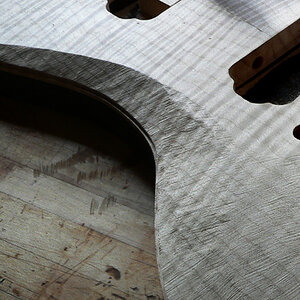
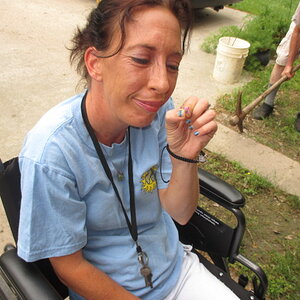

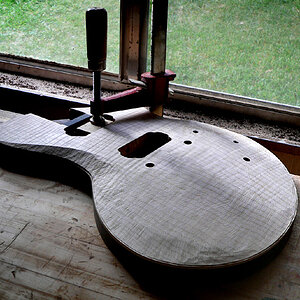
![[No title]](/data/xfmg/thumbnail/32/32004-4455324f0b4b5cc318dd35877147ac47.jpg?1619735148)
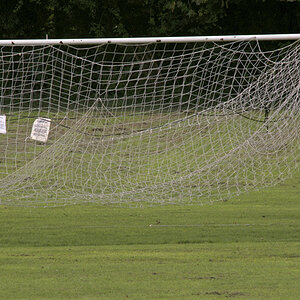
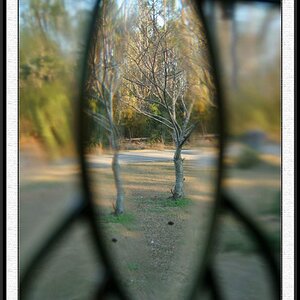
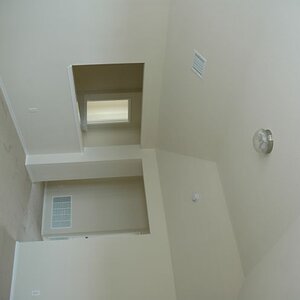

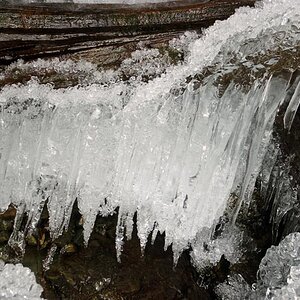
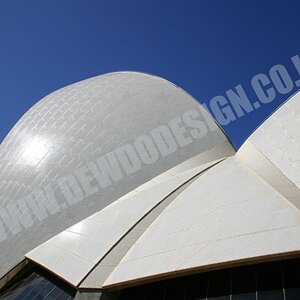
![[No title]](/data/xfmg/thumbnail/34/34072-be456691237ae73cb2936416e2e9e8c0.jpg?1619736266)